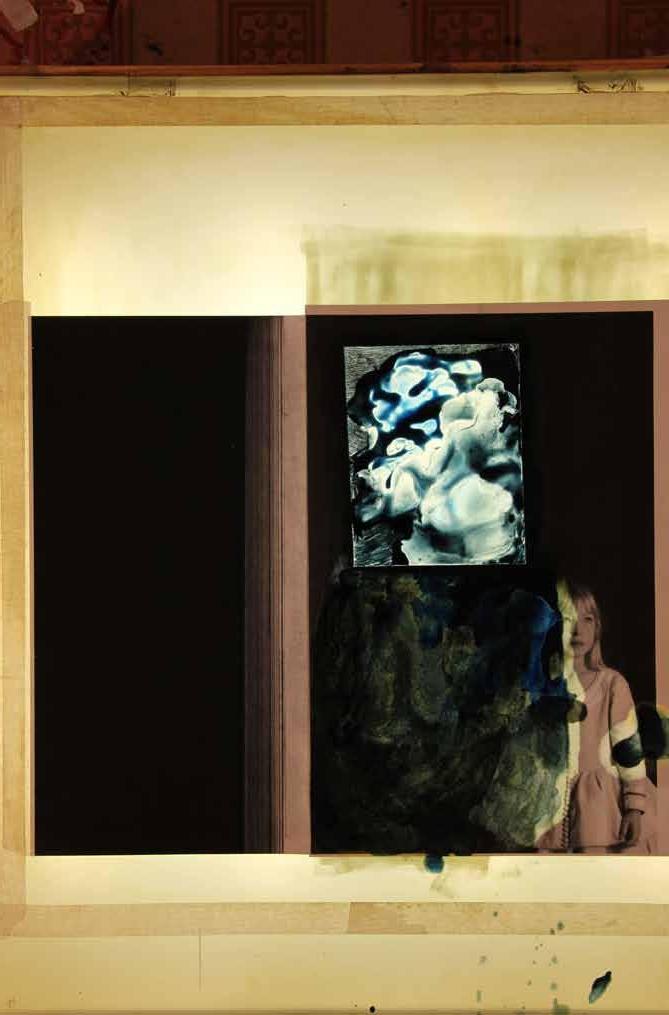
2 minute read
The Limits of Representation
To Be King: Interweaving Heterotopic Spaces
The Theatre
Advertisement
The video component of To Be King is looped. It plays for 15 minutes 45 seconds, and then starts over again. The first sequence of the video is of the young princess standing alone on set. The set is a stage at the theatre of the Rhodes Drama Department, it mimics the space of the Spanish royal court depicted by Velasquez in Las Meninas. In the last sequence of the video, the stars of the night sky come out, one by one, the Southern Cross appears. There is silence, the stars light, emitted from millions of years away dim, and the viewer is encompassed in complete darkness. There is a gap, a pause, stilness. Soft sound starts swelling up and the princess appears once more.
Between the princess standing in a place of power in the northern hemisphere, and the night sky of the Southern Cross, lies a precarious narrative. Two narrative strands, one from the north, the other from the south, occupy the same place, the place of a projection held within a frame.
The Museum
Outside the frame of the ‘painting’ stands a ‘real’ museum guard. In lecture 31, Dissection of the Psychical Personality from Sigmund Freud’s New Introductory Lectures on Psychoanalysis he argues that The Parents, (the King and Queen), and the culturally acceptable norms they embody, are internalised and become the child’s super-ego. In To Be King this super-ego is externalised onto the figure of the museum guard, whose omnipotent presence speaks of prohibition.
Third principle. The heterotopia is capable of juxtaposing in a single real place, several spaces, several sites that are in themselves incompatible. Thus it is that the theatre brings onto the rectangle of the stage, one after the other, a whole series of places that are foreign to one another. [6]
…the idea of constituting a place of all times that is itself outside of time and inaccessible to its ravages, the project of organizing in this way a sort of perpetual and indefinite accumulation of time in an immobile place, this whole idea belongs to our modernity.
The Ship
The princess looks out towards the viewer. As she stands there, brushstrokes of blue, of the sea, move over her and she fades. From the left a ship appears, it is the trade ship, La Rochelle Slave Ship Le Saphir. The ship moves across the screen and out of the frame.
The Mirror
The boat is a floating piece of space …..it goes in search of the most precious treasures they conceal in their gardens, you will understand why the boat has not only been for our civilization, from the sixteenth century until the present, the great instrument of economic development..
The mirror functions as a heterotopia in this respect: it makes this place that I occupy at the moment when I look at myself in the glass at once absolutely real, connected with all the space that surrounds it, and absoultely unreal, since in order to be perceived it has to pass through this virtual point over there.








